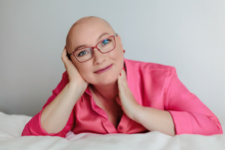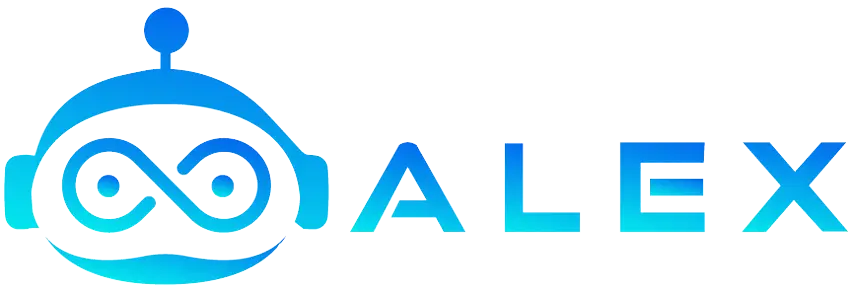Written by: Marta Hejnar

Sexuality is an everyday part of our lives, which develops and changes as we grow older. Due to centuries of being relegated to the taboo zone and described through the prism of morality/religion or merely medical – sexuality grows almost “wild”. Growing up, many hours are spent understanding mathematics, physics or even biology, and the whole sphere of intimacy and relationships is left without any mature support. Part of the community lives in the belief that sex education will be taken care of by the school, another part that the environment in which the child develops (the family) will tend to this matter, and finally it turns out that the role models developing individuals often draw from are very random and, therefore, not necessarily reliable sources.
Despite many initiatives taken by NGOs and more progressive circles
sex education for children and young adults still leaves much to be desired. The lack of basic knowledge contributes to unnecessary stress and anxiety and sometimes leads to both sexual and psychological disorders.
Our sexuality has many dimensions and within these dimensions it is also extremely diverse. Thanks to the activities of LGBT organisations and movements,
the topic of diversity has begun to make its way into public consciousness and is now widely recognised. As a result, more minorities have had the chance to make themselves known by adding further letters to the acronym LGBTTQQIAAP.
Therefore, in order to encompass all diversity from different dimensions, the concept of GSRD (Gender, Sex and Relationship Diversity) is meant to give space to all marginalised identities, consensual relationships and sexual practices.
What, then, does our diversity consist of?

1. Biological sex – at the moment we are born, according to the binary legislation in most countries, we are assigned one of two genders based on the appearance of our genitalia. And already at this stage a problem arises because this appearance is not always obvious and even in-depth examinations are not always conclusive. This is why some States have introduced the possibility of registering child with unidentified gender. There are, therefore, people among us who, have developed in a unique way and have a different combination of chromosomes than the most common – for example: chromosome 45 X0 or both 46 XX and XY or chromosome 47XXY. There are individuals who have uniquely developed gonads (ovaries/testes) due to, for example, genetic mutations, or internal sex organs (uterus, fallopian tubes, vas deferens), external sex organs (genitalia) or secondary sexual characteristics that emerge at puberty (breasts, facial hair, voice). Each person is different and although formally and stereotypically we move within only two sexes – there are many more possibilities already at the level of biology. Sensitivity and understanding is required to both yourself and to other people – to appreciate the uniqueness of the fact that a person does not look like the majority or according to a stereotypical image determined by the media and social media, because this may be the result of an extremely complex process of creating a new life that none of us has control over. This is where discrepancies between the physical physique and the psychological perception of gender exist.
2. Gender (socio-cultural gender) is a set of characteristics, behaviours, actions, attributes, attitudes, social roles ascribed to a person by the broader culture. Someone’s gender is primarily determined by culture, which assigns different gender roles in connection with this binary, and these become the behavioural patterns required by society. Instead of making the best use of a person’s potential, individuals are pushed into a schema due to this approach, and, thus, forced to perform a role which they do not want and do not accept and to abandon the possibilities they have and want to develop. Instead, we should look at gender as changeable and context-dependent. It may be that in certain situations a person wants to fulfil these roles and in other situations gravitates towards other roles, and does not want to be defined by either gender. No one is surprised by a woman in trousers and a man in a skirt, unless it is a traditional Scottish kilt or other culturally accepted dress.
3. Sexual orientation – in a nutshell describes who you fall in love with, who you like and who you want to be in a relationship with. Nature is diverse and so are people. All orientations (heterosexual, homosexual, bisexual, asexual, pansexual…) are normal, they just occur in different intensities. There are also people, who simply do not want to identify with any orientation and that is ok too!
4. Relationships – in the course of civilisational development, Western culture has developed a social model combined with a religious model promoting the assumption that individuals should enter into monogamous relationships. However, we can also form much more complex non-monogamous or polyamorous relationships; their quality and happiness equally, or even more so, depends on good communication and consent, between all people involved. In the simplest of terms, it boils down to “I can love more than one person, have sex with more than one person, live and share the hardships and joys of life with more than one person.”
Entering adolescence is associated with many dilemmas, difficulties and doubts. It is a time when we are almost literally transforming – the body rapidly changing, impatiently searching for an identity, often anxiously comparing ourselves to others. The trouble is that, although we are one species, each person is unique and, therefore, the possibility of combinations of different traits is virtually unlimited. Therefore, it doesn’t matter what your gender or sexual orientation is, what roles you take on in the community, or what kind of relationships you form with other people. Nature is not only diverse, it is constantly changing, modifying and creating anew. Thanks to this diversity we can grow and evolve into ever more advanced forms. Finding ourselves and settling into our uniqueness, especially at the beginning, is extremely difficult even more so when we have no support. Therefore, take care of each other and support each other in your uniqueness.
Let your guide be the words from Max Ehrmann’s Desiderata:
You are a child of the universe,
no less than the trees and the stars;
you have a right to be here.
And whether or not it is clear to you,
no doubt the universe is unfolding as it should.

Marta Hejnar is a certified (EAGT) psychotherapist Gestalt psychotherapist and practical sexologist working in the field of positive sexuality and GSRD (Gender, Sexual, Relational Diversities). She graduated from the Heart Tantra School – Psychodynamic Formation Relationships and Body Communication, film studies at the Jagiellonian University, an MBA in Management Certification. She is currently in the process of a holistic training of working with couples in terms of EFT (Emotional Focused Therapy). She cooperates with the Kamelia Collective in supporting sex workers. She works therapeutically with adults, both individually and with couples. Her goal is to create in the future an Institute of Love, a safe and open space for experimentation where individuals can explore their sexuality.
